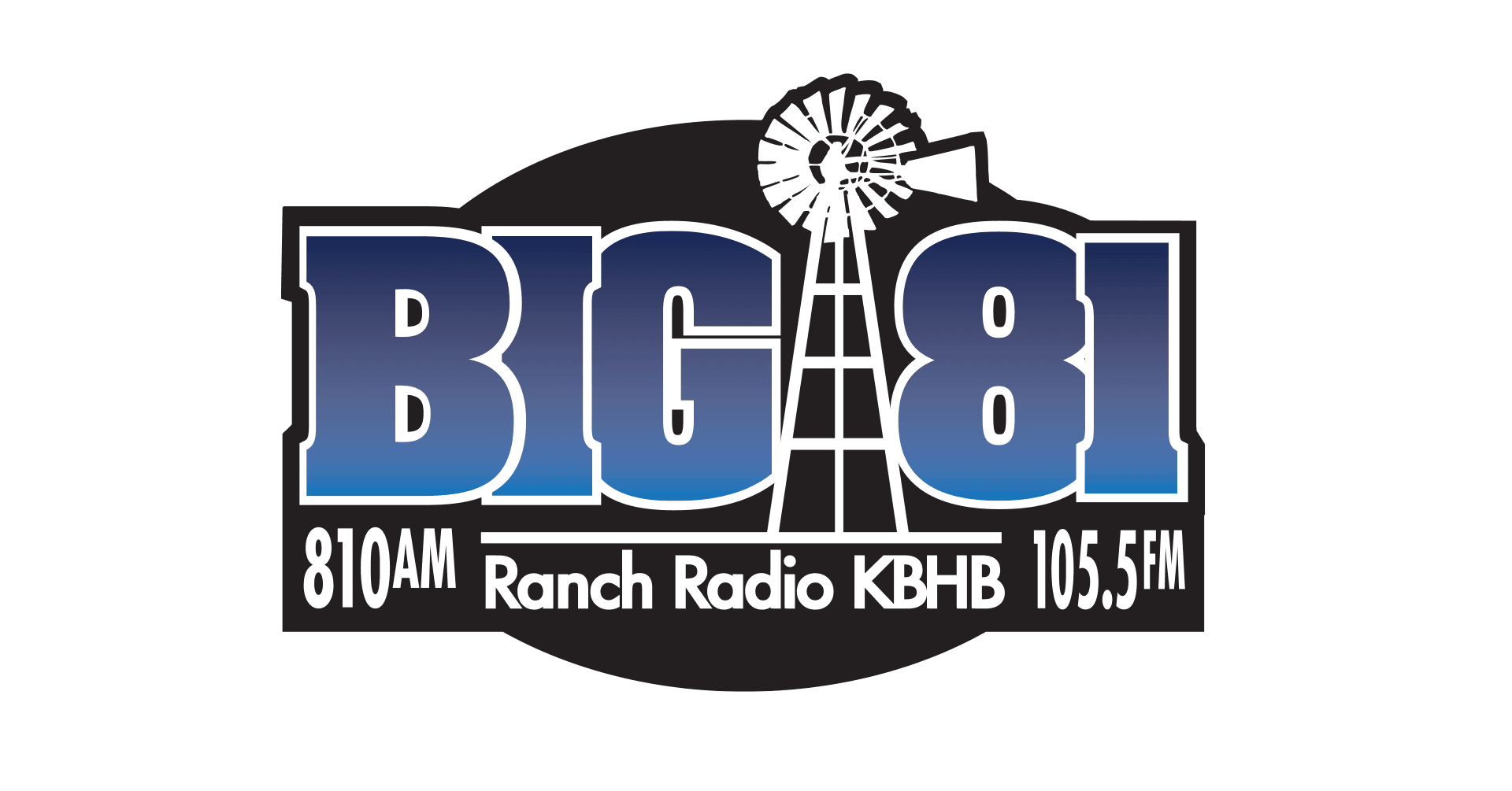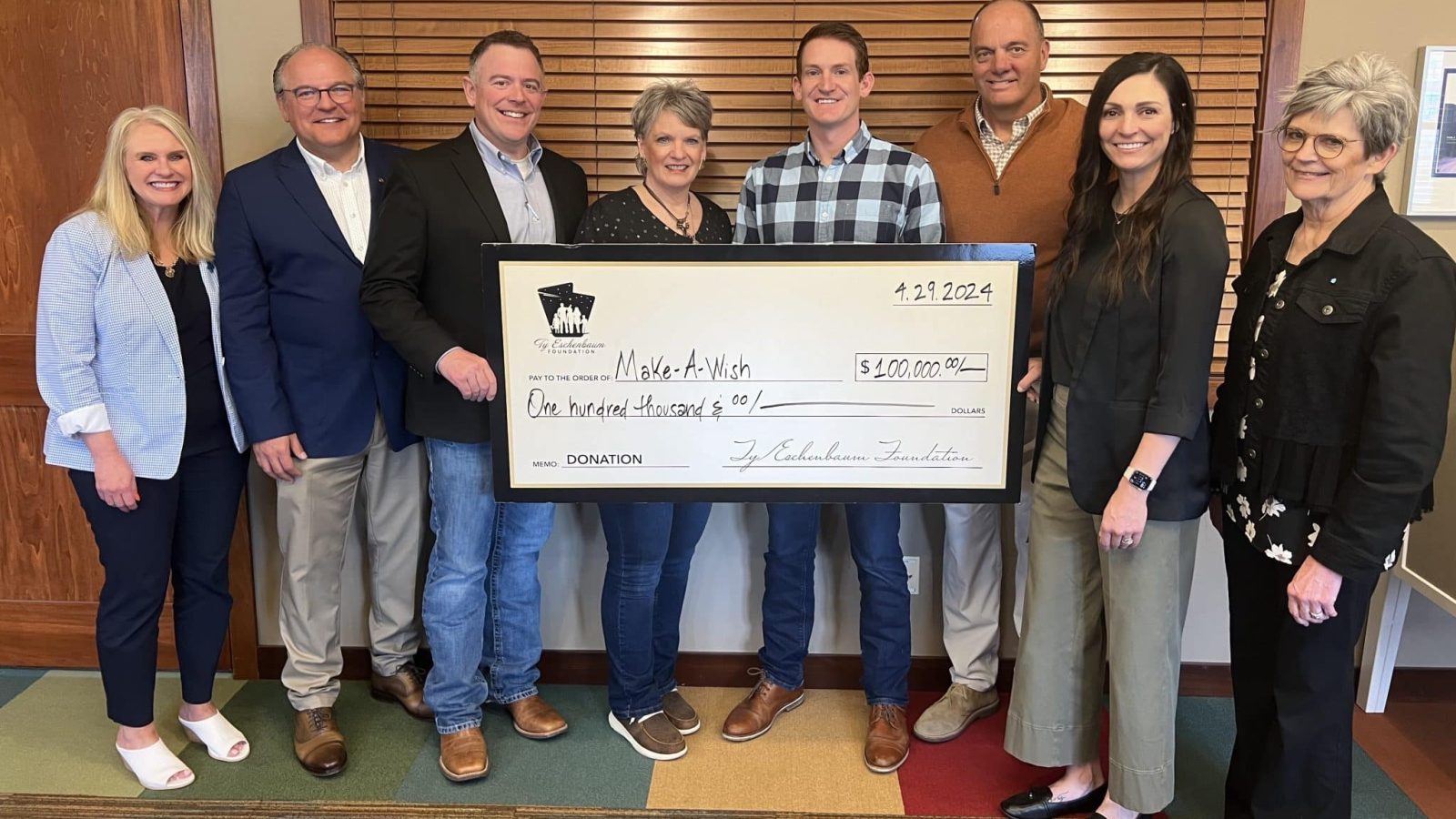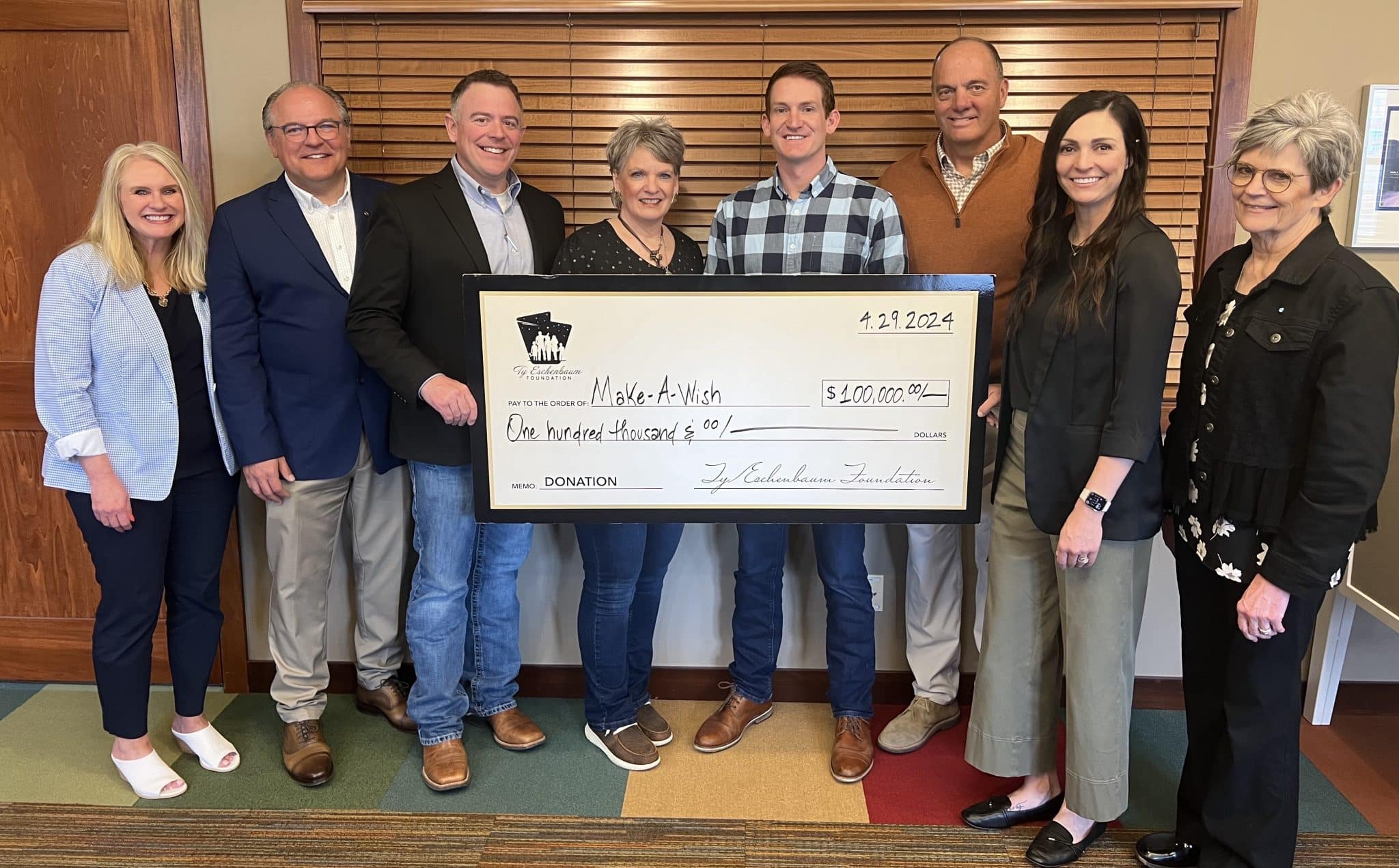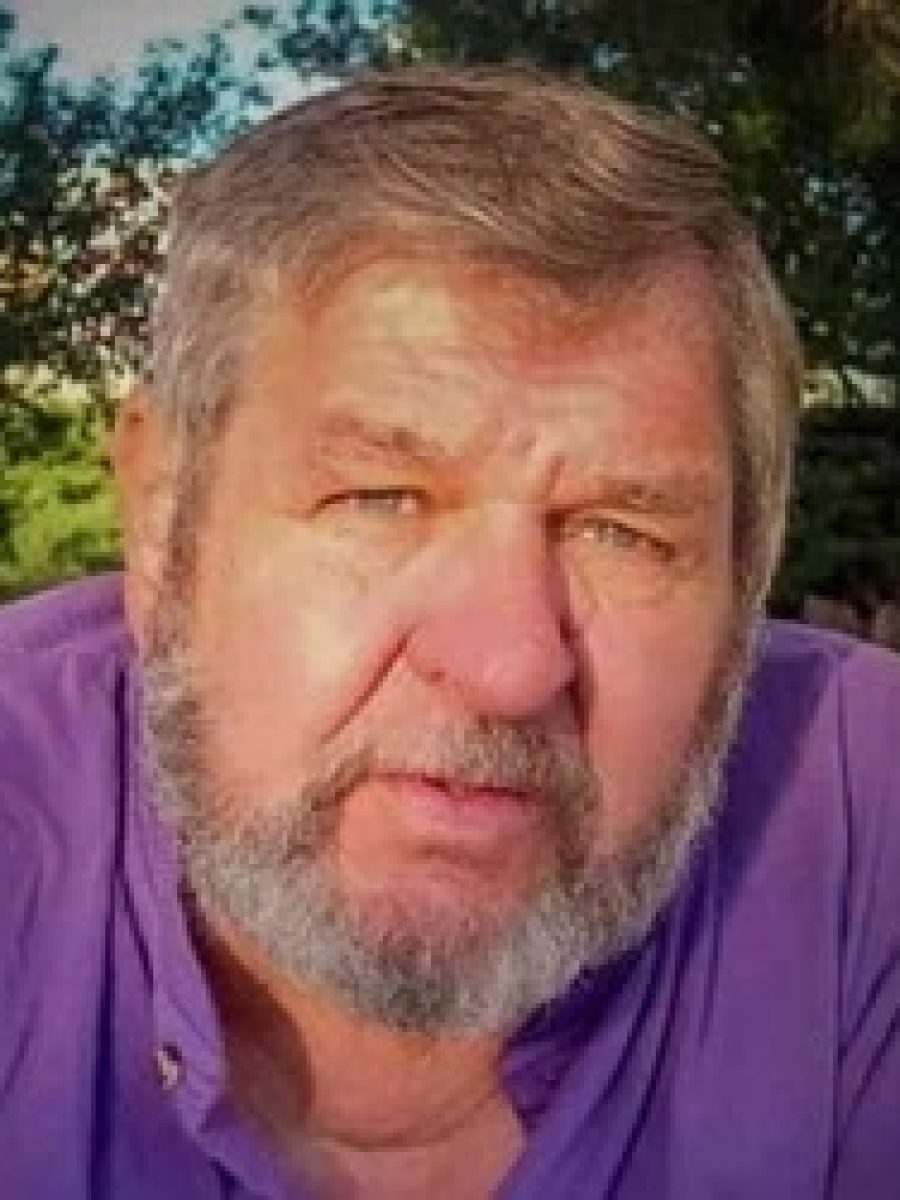RAPID CITY, SD – A series of economic factors has coalesced over the past two years to make it extremely difficult or even impossible for many people in South Dakota to achieve the American Dream of homeownership.
The price of new and existing homes has skyrocketed in recent years at a time when modest wage gains for South Dakotans have been largely offset by high inflation. That economic imbalance has been exacerbated by dwindling availability of affordable homes, especially for first-time homebuyers.
Meanwhile, a surge of relocations to South Dakota during the COVID-19 pandemic has further inflated home prices, pushing many in-state residents out of the market, especially in the urban centers of Sioux Falls and Rapid City.
On a most basic level, the path to homeownership in South Dakota has been made far more difficult because the increase in incomes has not nearly kept up with the cost of a home, a disparity that grew during the pandemic.
According to the South Dakota Realtors Association, the statewide median home sales price rose by 54% from 2018 to 2022. Meanwhile, median household incomes in South Dakota rose by only 17% during that time, even with a healthy 10.4% household income jump from 2020 to 2021, according to the U.S. Census.
“I would say the American Dream of homeownership is wounded in South Dakota right now,” said Ron Sassy, a Black Hills real estate agent and former member of the Rapid City Council. “It’s not dead, but it’s tough out there for homebuyers, especially when you start looking at the middle to lower incomes, it’s definitely a lot tougher to buy a home right now.”
Home sales have slowed in recent months, but prices have continued to rise in South Dakota.
The median home sales price in the Sioux Falls metro area, which includes Lincoln and Minnehaha counties, was $265,000 in 2021 and has risen by 17% over the past year to $310,000 in 2022, according to the Realtors Association of the Sioux Empire.
The median home sales price in the Rapid City area was $317,000 in the third quarter of 2022, up 15% over the $275,000 median sale price in third quarter of 2021, according to the Black Hills Association of Realtors. In 2019, before the COVID pandemic, the median sales price in Rapid City was $207,000, according to city-data.
The inability to obtain homeownership has fueled concerns that more South Dakotans will be trapped in rental properties, be unable to pursue the goal of raising their families in a home they own, or that they must sacrifice living standards in order to afford a home purchase. Furthermore, if first-time homebuyers are shut out of the market, it could prevent them from getting ahead financially and break the long-held cycle in which families start small and then increase the size and value of home purchases as they go through life.
Lending experts use a general rule of thumb that homebuyers can afford a home that is 2 to 2.5 times their gross annual income. According to the U.S. Census, the median household income in South Dakota was $66,143 in 2021, meaning that those families could afford a home of ranging roughly from $132,000 to $165,000. The difficulty in South Dakota lies in the fact that inventory of homes is extremely low in that price range, especially in bigger cities.
In mid-December 2022, there were 2,130 single-family homes for sale in South Dakota, according to Realtor.com. Of those, only 103 (4.8%) were priced at $100,000 or below, and only 399 (18.7%) were listed at $200,000 or less. In Sioux Falls, only three of 512 homes for sale were priced at $100,000 or less, and only 57 were $200,000 or less. In Rapid City, only one single-family home of out of 336 on the market was listed under $100,000 and 31 homes were under $200,000.
While home prices are typically much lower in rural areas of the state, the housing stock in small towns tends to be older and in need of repair, and available properties for sale are scarce.
The path to homeownership has always required a mix of hard work and determination, from saving for a down payment to obtaining steady employment that can cover a mortgage.
For decades, the South Dakota real estate market was remarkably stable, with generally good values and reasonable sales prices that rose slowly and fell behind wage growth at a relatively slow pace. The state hardly saw a bump in the market while the rest of the country underwent a massive real estate bubble that burst in the late 2000s and early 2010s.
But the COVID-19 pandemic caused a massive interruption in the housing market in South Dakota and across the U.S. Rental rates rose quickly and median home prices jumped as the cost of building, maintaining and owning a home rose due to inflation, supply-chain issues and reduced inventory of properties. An overall lack of good-quality affordable homes has been an increasing challenge to homeownership for years in the U.S.
However, South Dakota experienced a unique and unexpected interruption to its real estate market over the past two years that has created a new barrier to affordability of homes.
As COVID-19 infections rose across the country, starting in early 2020, many states imposed restrictions, mask mandates or both on businesses, schools and gatherings to try to reduce the spread of the virus. Differences in opinion on how to manage the virus led to a divisive politicization of the pandemic and the response by governments.
In overt regional and national messaging pushed by Gov. Kristi Noem, South Dakota declared itself free from COVID-related mask mandates or shutdowns. In consistent advertising, news-media appearances and messaging on social media, Noem in particular pushed the idea that South Dakota was open for business and that freedom reigned as she openly encouraged people to move here.
Even without hard data to support the concept, most South Dakota real estate agents will confirm that the campaign worked, luring numerous new residents — many of them homebuyers — into the South Dakota market. Most arrived from states with much higher incomes than in South Dakota, and from areas where home prices were much higher. The new residents may mean higher sales and property tax revenues for the state and local governments in the long haul.
But their arrival led in part to a run on homes in South Dakota and what many described as a “frenzied” housing market, in which prices rose as out-of-state buyers made offers that were sometimes tens of thousands of dollars above asking price and even sight-unseen on some properties.
As a result, many South Dakota homebuyers couldn’t compete, and while home prices have stabilized somewhat as the market has cooled in recent months, it appears unlikely prices will return to pre-pandemic levels.
“We imported, under the guise of freedom, a lot of new South Dakotans who came here in the last two and a half years, and what they brought with them was their housing inflation,” said Steve Ennis, a senior mortgage officer at CU Mortgage Direct. “They came here and found their purchasing power to be quite favorable.”
Recent wage gains in South Dakota, meanwhile, have been mostly consumed by inflation, which hit a recent peak of 9.1% in June 2022, the highest rate in 40 years, and was just over 7% in November 2022. Furthermore, the state economy is not well positioned to see major increases in wage growth, with 36% of South Dakotans employed in relatively low-paying industries such as service and retail, sales and office positions. South Dakota ranked 41st in the nation in 2021 with a median annual salary of $37,700 for employed adults, according to the Bureau of Labor Statistics.
“It’s not like there’s not jobs, because there are, but they’re not paying people what they need to get paid in order to live, let alone buy a house,” said Shaylynn Hurd, 35, a prospective homebuyer from Rapid City.
The growing disparity between wages and home prices has led to what Ennis calls an “affordability cliff,” in which the buying power of South Dakotans has been significantly reduced. For example, Ennis said, a homebuyer who could afford a $270,000 home in 2021 could only afford a $190,000 home now, assuming the payment they could afford remains the same.
Coupled with a spike in mortgage interest rates — from the 4% annual percentage range before the pandemic to above 6% now — the rising home prices have reduced the number of people who can buy a home in South Dakota, and reduced options in regard to home size, location and quality, Ennis said.
At least for now, Ennis is concerned that many residents of South Dakota, especially adults in their formative years, are being shut out of homeownership.
“Has South Dakota become unaffordable, is the American Dream dead here; I think it’s a temporary state of time where the answer today is yes,” Ennis said. “Too few people can qualify for a mortgage, and even if they can, too few people are choosing to take on that amount of payment shock to their normal budget.”
Home buying harder for rural residents, people of color
Not unlike in metro areas of the state, the path to homeownership in rural and reservation areas is stymied in many places mostly due to low family incomes and low availability of affordable homes, said Peter Smith, director of the Rural Office of Community Services in Wagner, S.D.
Smith has used a number of housing programs to help lower-income residents of southeastern South Dakota find rental properties or homes to purchase.
Even with substantial government assistance, however, options remain few for people who need housing in the region from Mitchell to Yankton, Smith said.
“You see some beautiful neighborhoods they’re building, but those houses are not being built for people working at McDonald’s,” he said. “The overall inventory is low, and we’re also getting more immigration here.”
Smith said he knows of employers who have bought abandoned roadside motels and fixed them up to house immigrant laborers, and of people who have given up on homeownership and instead have taken up full-time residence in RVs at campgrounds.
Even for a middle-income professional couple, however, Smith said it’s a very challenging market to find a decent available home for purchase.
“If you just started a new job at Yankton High School or Mitchell High and you’re looking to purchase a home, I wish you the best unless you find some tiny old home in a small town,” Smith said. “The inventory for them is nonexistent unless they have some money saved or family support.”
In Sioux Falls, the disparity in homeownership rates is significant between white residents and those of color, according to a 2021 local housing study by Augustana University.
While 65% of white households have obtained homeownership, only 19% of Native American residents and 14% of Black residents of Sioux Falls own a home, the study showed.
The study also showed that 40% of renters in Sioux Falls were considered “housing burdened” by paying 30% or more of their income in rent, and one in five homeowners was housing burdened.
Those figures do not bode well for a city and a state where many industries are trying to lure immigrants and other workers to fill open jobs and allow for economic growth.
In some ways, South Dakota mirrors national trends in the real estate market, and many of the affordability concerns present in the Rushmore State exist across the country, especially for lower-income residents and people of color.
Yet not everyone is convinced that homeownership has become out of reach for a majority of South Dakota residents.
Brandon Martens, a Sioux Falls real estate agent who is president of the South Dakota Association of Realtors, remains bullish on homeownership prospects.
South Dakota continues to provide a high quality of life and owning a home is still a part of that, Martens said. Even with higher home prices and interest rates, buyers can work with agents and lenders to craft a plan that allows them to buy a home, even if that property satisfies more needs than wants, Martens said.
“I think homeownership and that American Dream in South Dakota is alive and well,” Martens said. “I think people can still afford to get into a home, but it comes down to people having to adjust to what the interest rate and price is going to be. Whether it is bedroom or bathroom count, size, location, garage stalls, and condition, all that comes into play.”












